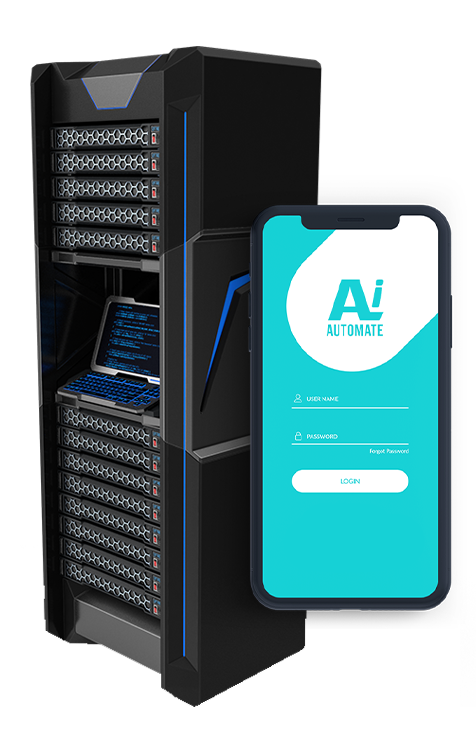AI-Enabled Power Optimization for Factories in Chachoengsao
AI-enabled power optimization is a transformative technology that empowers factories in Chachoengsao to significantly reduce energy consumption and optimize their power usage. By leveraging advanced artificial intelligence algorithms and data analytics, factories can gain deep insights into their energy consumption patterns and identify areas for improvement.
- Energy Consumption Monitoring and Analysis: AI-enabled power optimization systems continuously monitor and analyze energy consumption data from various sources, such as smart meters, sensors, and equipment. This data is processed using machine learning algorithms to identify patterns, trends, and anomalies in energy usage.
- Energy Efficiency Optimization: Based on the analysis of energy consumption data, AI systems provide factories with actionable recommendations to improve energy efficiency. These recommendations may include adjusting equipment settings, optimizing production schedules, and implementing energy-saving measures.
- Predictive Maintenance: AI-enabled power optimization systems can predict equipment failures and maintenance needs based on historical data and real-time monitoring. This allows factories to schedule maintenance proactively, minimizing downtime and ensuring optimal equipment performance.
- Demand Response Management: Factories can participate in demand response programs by leveraging AI-enabled power optimization systems. These systems monitor grid conditions and adjust energy consumption accordingly, reducing costs and supporting grid stability.
- Sustainability and Environmental Impact: By optimizing energy consumption, factories can reduce their carbon footprint and contribute to sustainability goals. AI-enabled power optimization systems provide insights into energy sources and their environmental impact, enabling factories to make informed decisions for sustainable operations.
AI-enabled power optimization offers numerous benefits for factories in Chachoengsao, including reduced energy costs, improved energy efficiency, increased equipment reliability, participation in demand response programs, and enhanced sustainability. By embracing this technology, factories can enhance their competitiveness, optimize operations, and contribute to a more sustainable future.
• Energy Efficiency Optimization
• Predictive Maintenance
• Demand Response Management
• Sustainability and Environmental Impact
• Data Analytics and Reporting
• Ongoing Support and Maintenance






